Inclusivity vs. Targeted Branding: Striking a Balance in a Diverse World
Let's chat about the critical aspect of inclusivity in branding while steering clear of tokenism. Take Tim, the brains behind the brand Weaver, for example. He toiled for years in the educational sector, meticulously crafting marketing materials to ensure they radiated inclusivity. The result? Marketing images that checked every diversity box but sometimes felt like they had been run through the DEI (Diversity, Equity, and Inclusion) machine one too many times, ending up looking as authentic as a three-pound note!
Now, let's get one thing straight; we wholeheartedly support the need for inclusivity in marketing. But it's all about how you do it. We often turn to the personas we create for our clients to pinpoint the right audience for targeting. This ensures that the people featured in our messaging resonate with those we want to engage with for a particular campaign. It's crucial to remember that while your imagery might depict a mid-30s white woman in your campaign, it's by no means meant to segregate or exclude others from buying or investing in your brand. Take Ferrari, for instance; their marketing portrays a specific kind of person, but they won't kick anyone out of their showroom who walks in with a big bag of cash, regardless of their appearance.
Now, let's dive into some examples of brands that have masterfully embraced diversity in their marketing:
Coca-Cola's "Hilltop" Campaign (1971): Remember the Coca-Cola "Hilltop" commercial from the '70s? While today it might seem like an attempt to check the inclusivity box, back then, it brought people from all over the world together to sing, “I’d like to teach the world to sing in perfect harmony; I’d like to buy the world a Coke and keep it company.” It was authentic and memorable then, and it still is today.
Nike's "Until We All Win" Campaign: Nike's focus on “Until We All Win” is genuinely inspiring. The brand believes in the power of sport to unite people and inspire action in their communities. They emphasise that equality isn't a game but achieving it is their greatest victory. This campaign has expanded to include product offerings that promote inclusivity, like full-coverage swimsuits.
Dove's "Real Beauty" Campaign: Dove, a Unilever brand, has been a champion for real people. Their campaigns feature individuals of colour, the LGBTQ+ community, and people of all ages and body sizes. They've focused on promoting real beauty and self-esteem, combating negativity around body shape and size.
Here are some strategies for authentically representing diversity while reaching your target audiences:
1. Video Campaigns: If you're planning a video campaign, use the opportunity to feature a mix of identities in an authentic way. It's an excellent medium to showcase inclusivity naturally. Ensure the range of potential consumers in your video aligns with your target audience.
2. Photo-Based Marketing: For photo campaigns, consider creating a series of images that target each persona individually. When viewed as a full campaign, these images tell your broader inclusivity story in a more authentic manner.
In the world of branding, striking the balance between inclusivity and targeted messaging is both an art and a science. Remember, authenticity and genuineness are your guiding stars on this journey to connect with diverse audiences. 🌟
